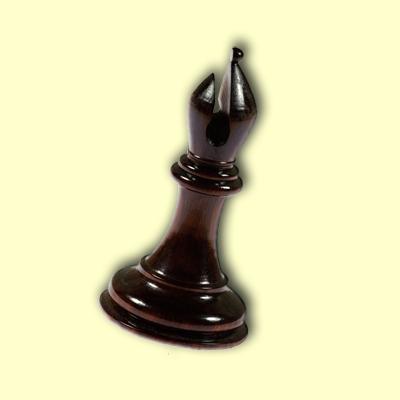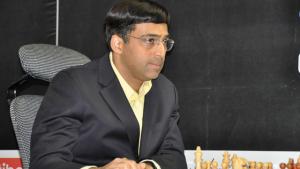
The Lethargic Bishop
Good players don't see the chess pieces as just bits of wood or plastic. They see them as bundles of energy. A piece gathers more energy from its surroundings, from the structure of the position.
In the past few weeks I have shown some examples in my endgame column where bishops defeated knights - an article about Fischer's games with this imbalance, some endgames by Carlsen which featured bishops getting the upper hand, and an endgame by myself where the bishops triumphed. Now we will see the other side of the equation - positions in which the knight hops all over the bishop.
Understanding and developing an intuitive sense of the strengths and weaknesses of the knight and bishop is very important for a beginning chess player. Formally the bishop and knight are worth about the same amount, but in most positions one of them is actually stronger than the other, often decisively so. Imagine you are playing with a player who doesn't know the material values of the pieces - who is going to win?
Let's see how the young Alekhine learned about this imbalance. In fact, I am sure he already understood it quite well, and it was in fact a miscalculation which led to him having to accept this hopeless ending. In 1911 Alekhine was already a strong master. It often happens that when a strong player seems to have been outplayed "positionally", the root cause was in fact a tactical oversight, not a lack of understanding. In any case, White's winning method is instructive:
RELATED STUDY MATERIAL
- Read IM Bryan Smith's article Fischer and the Bishop Against Knight;
- Read IM Bryan Smith's article Magnus Carlsen in the Queenless Middlegame;
- Read WIM Iryna Zenyuk's articles The Arch-Arch-Nemeses: Bishop vs. Knight, The Knight v. The Bishop and Bishop vs. Knight: A Peaceful Encounter;
- Watch IM Daniel Rensch' video Live Sessions; Bishop vs Knight Technique!
- Read IM Bryan Smith's article The Young Alekhine.






